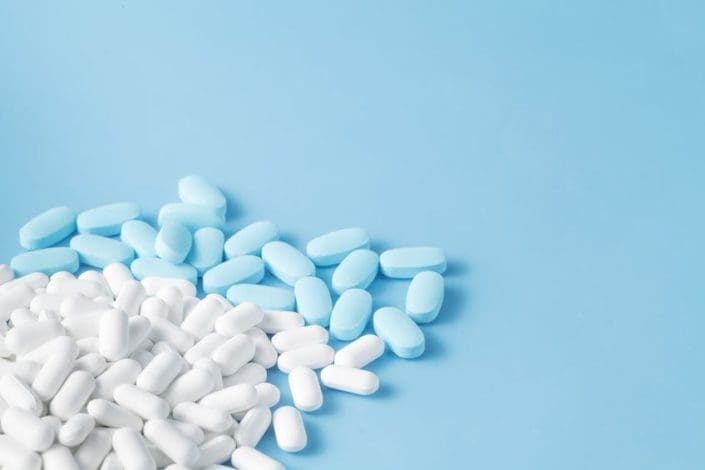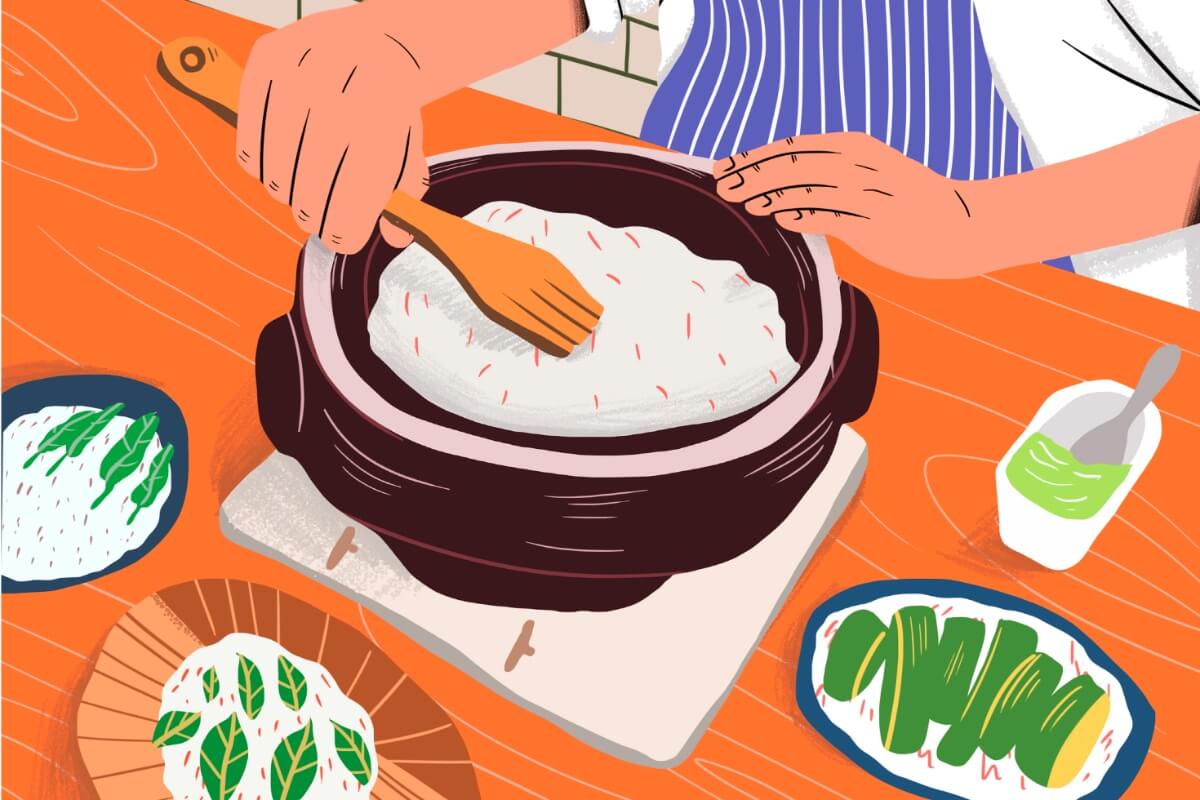
Prescription and over-the-counter (OTC) drug misuse is at epidemic levels. The two represent what a doctor prescribes (prescription medicine) and what you can buy without a doctor’s prescription (OTC). Both have immediate and long-term consequences. The consequences can be serious, even deadly.
The most commonly misused prescription drugs are opioids. These include codeine, hydrocodone, morphine, oxycodone, hydromorphone, and Fentanyl. These are known as pain medicines. They are prescribed by doctors for pain related to surgery, chronic medical conditions, and dental procedures. Opioid addiction can happen after just a week of use. The risk for long-term opioid misuse increases after only 5 days of taking the medicine. Some people who were supposed to take opioids for only a week are still taking them a year later. Current thinking encourages doctors to maximize use of OTC pain medicines such as Tylenol for the treatment of pain and use opioid pain relievers only for the shortest time necessary. Other prescription medicines that are misused include sedatives (to sleep), tranquilizers (to relax), and stimulants (to stay awake).
OTC drug misuse also is common. OTC medicines treat a variety of things. These include coughs, colds, pain, constipation, fluid build-up, and more. The most commonly misused OTC medicines include cough syrups and anti-diarrheal medicines. Other misuse involves taking OTC medicine for weight loss that is not designed for that purpose. This includes abusing laxatives, diuretics, and OTC diet pills. People misuse OTC medicine to get high or they take more than the allowed dosage to treat their symptoms.
Path to improved health
There are important steps you or a family member can take to reduce the risk of prescription and OTC drug misuse.
Preventing prescription drug misuse:
- Plan ahead. Talk to your doctor about treating pain if you or a family member have a surgery planned. By sharing your concerns, your doctor can limit your prescription or suggest using an OTC pain medicine first. They may have other suggestions, as well.
- Tell your doctor if you or a family member has a history of substance misuse.
- Follow dosing instructions. Do not take more than prescribed.
- Do not take another person’s prescription medicine. Do not share your medicine with others.
- Do not take the medicine in another form (crushing and snorting or injecting).
- Do not take prescription medicine for another reason (to get high).
- If you have chronic pain from a medical condition, seek alternative pain relief. This may involve working with a physical therapist for special exercises.
- Safely store prescription medicines away from children, teens, and others.
- Properly dispose of old opioid medicines. Look for locked and secured bins designed for this. Some pharmacies and many police departments have the bins onsite. Look for “drug take back” days in your community. These are special days you can go to stores and other areas to drop off your old medicines.
- Do not mix prescription medicine with alcohol.
- Understand that there may be drug interactions when taking more than one prescription medicine.
Preventing OTC drug misuse:
- Follow dosing instructions. Do not take more than prescribed.
- Do not take the medicine in another form (crushing and snorting or injecting).
- Do not take OTC medicine for another reason (to get high, to lose weight, etc.).
- If you have chronic pain from a medical condition, seek alternative pain relief. This may involve working with your doctor to try alternative treatments such as physical therapy, acupuncture, or other treatments. Too much OTC pain medicine can permanently damage your kidneys or liver.
- Throw away expired medicines.
- Understand drug interactions. You should not combine certain OTC medicines.
Treating drug misuse:
Your doctor or a medical health professional can diagnose opioid use disorder (misusing opioids), previously called opioid addiction.
Opioid use disorder is a chronic illness and should be treated the same as other chronic illnesses. Like those, it should continually be managed and monitored. You should feel comfortable discussing treatment with your family doctor, who is properly trained for this treatment.
Treatment for opioid addiction is different for each person. The main goal of treatment is to help you stop using the drug. Treatment also can help you avoid using it again in the future.
When you stop using opioids, your body will react. You will have a number of symptoms that may include nausea and vomiting, abdominal pain, and anxiety. This reaction is called withdrawal.
Your doctor can prescribe certain medicines to help relieve your opioid misuse or opioid use disorder symptoms. They also will help control your cravings. These medicines include methadone (often used to treat heroin addiction), buprenorphine, and naltrexone.
| Medications |
Methadone
|
Buprenorphine
|
Naltrexone |
| Types
|
Tablet, liquid
|
Sublingual (under-the-tongue) tablet, buccal film (small patch that adheres to inner cheek), long-acting injection (shot)
|
Tablet, Intramuscular injection (shot)
|
| Use | Daily | · Daily for tablet
· Every 4 weeks for injection |
· Daily for tablet
· Every 4 weeks for injection |
| How to get medication | At an opioid treatment program | Can be prescribed by your primary care doctor | Can be prescribed by any medical provider |
| Craving reduction | +++ | ++ | + |
| Possible Side Effects | Sleepiness
Constipation Heart problems (such as heart disease) Interactions with other drugs (there are medicines that you should not use with methadone) Overdose if combined with certain other medicines |
Headache
Nausea Constipation
|
Injection site reactions
Headache Insomnia
|
| Considerations | Must be seen daily at first | May need to be seen 1 to 2 times per week at first, then may move to monthly visits | Must completely withdraw from opioids before starting treatment (usually 7 to 14 days).
May be seen monthly for injections |
Table adapted with permission from Coffa and Snyder, 2019.
Things to consider
Prescription opioid misuse can lead to use of street drugs such as heroin, cocaine, and increasingly, fentanyl. No matter what you are misusing, drug abuse almost always leads to problems at work, with family and in your personal relationships. It also can lead to long-term health consequences, even death.
Certain risk factors are associated with prescription drug misuse. These include:
- Low income
- Unemployment
- Personal or family history of substance abuse
- Young age of onset
- Criminal history or legal problems (including DUIs)
- Associating with others who are substance abusers
- A history of family or job conflicts
- Thrill-seeking behavior
- Tobacco use
- Depression or anxiety
- High stress
- Female gender
Misusing OTC medicine can lead to serious health problems. These can include memory loss, kidney failure, heart problems, even death. High doses of cough syrup can have serious side effects. Side effects may include slowed or irregular breathing, passing out, extreme drowsiness, muscle spasms, heart palpitations/rapid heart rate, blood pressure swings, blurred vision, vomiting, and brain damage.
Questions to ask your doctor
- How do I know if I am predisposed to an addiction?
- What can I do if OTC medicine is not helping my pain?
- What are the signs of prescription and OTC misuse?
- Is it okay to drive a car while taking prescription and OTC pain medicine?
Resources
National Institute on Drug Abuse: Over-the-Counter Medicines
National Institute on Drug Abuse for Teens: Prescription Pain Medications (Opioids)
U.S. Food & Drug Administration: A Guide to Safe Use of Pain Medicine
Funding support for this material has been provided to the American Academy of Family Physicians by Indivior, Inc.
![]()
Copyright © American Academy of Family Physicians
This information provides a general overview and may not apply to everyone. Talk to your family doctor to find out if this information applies to you and to get more information on this subject.










